Translated
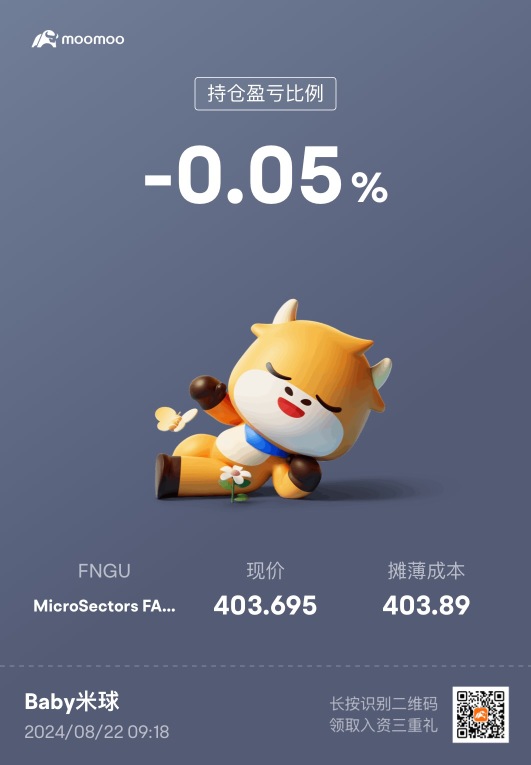
1
1
Bought yesterday $Alphabet-A (GOOGL.US)$ It started making a profit, but I didn't buy many.
$NVIDIA (NVDA.US)$ Amid the rebound, there is still confidence in the performance
$NVIDIA (NVDA.US)$ Amid the rebound, there is still confidence in the performance
Translated


8
1
3
1
$MicroSectors FANG+ Index 3X Leveraged ETN (FNGU.US)$
Bought yesterday, sold today, earned a little
Bought yesterday, sold today, earned a little
Translated
Unsupported feature.
Please use the mobile app.
1
Buy something today. $MicroSectors FANG+ Index 3X Leveraged ETN (FNGU.US)$ Take a look, buy a little bit over the next few days.
Translated
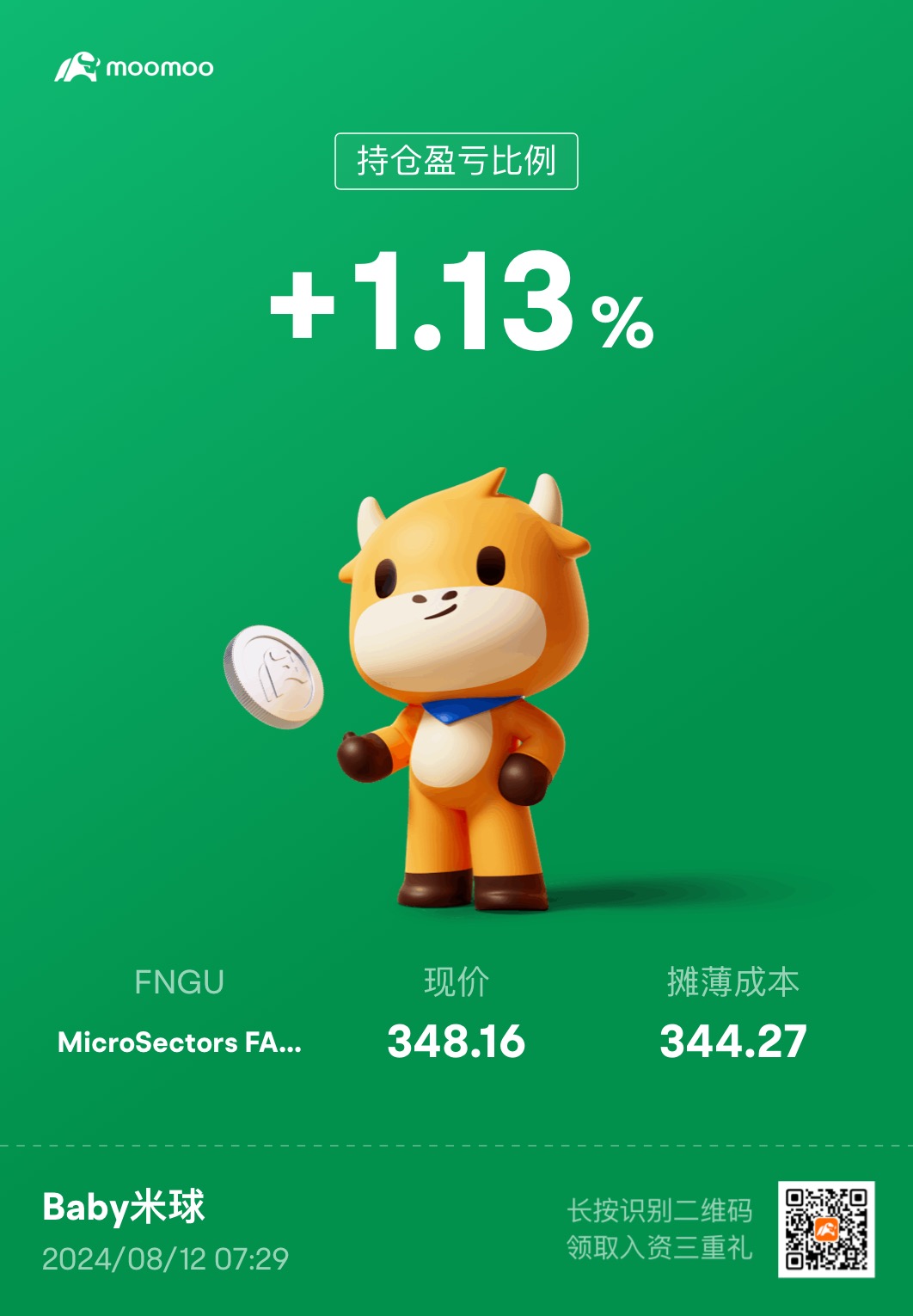
3
1
Here is my overall return on investment:
I have been using this small account since 2020 with a principal of 0.06 million. As of the beginning of the year, the funds were around 0.075 million, and the earnings in 2020/2021 basically returned in 2022. I started using this account for frequent transactions at the beginning of this year. So the profitability shown in the chart is basically the situation from the beginning of the year to the present.
My positions are as follows:
Currently, I am fully invested in Nvidia and haven't made any changes for several months.
The returns from Nvidia are as follows:
The reason why I am so confident in investing in Nvidia is because I understand its industry status and my friends in the related industry have shared information about Nvidia's shipments with me. Its moat is very deep, and each link requires a long development cycle, making it impossible for other companies to catch up quickly. It's not useful to just poach a couple of talents from Nvidia because the hardware company is complex in every aspect, and if you want to poach, you have to poach an entire production line, which is impossible. Despite the influence of other bloggers or Wall Street news, which is mostly speculative, I still have a bullish view on Nvidia for the next one or two years. It is possible that other companies will emerge to challenge its dominance after one or two years, but for now, it is highly unlikely.
So my approach in this small account is to continue holding Nvidia.
I have been using this small account since 2020 with a principal of 0.06 million. As of the beginning of the year, the funds were around 0.075 million, and the earnings in 2020/2021 basically returned in 2022. I started using this account for frequent transactions at the beginning of this year. So the profitability shown in the chart is basically the situation from the beginning of the year to the present.
My positions are as follows:
Currently, I am fully invested in Nvidia and haven't made any changes for several months.
The returns from Nvidia are as follows:
The reason why I am so confident in investing in Nvidia is because I understand its industry status and my friends in the related industry have shared information about Nvidia's shipments with me. Its moat is very deep, and each link requires a long development cycle, making it impossible for other companies to catch up quickly. It's not useful to just poach a couple of talents from Nvidia because the hardware company is complex in every aspect, and if you want to poach, you have to poach an entire production line, which is impossible. Despite the influence of other bloggers or Wall Street news, which is mostly speculative, I still have a bullish view on Nvidia for the next one or two years. It is possible that other companies will emerge to challenge its dominance after one or two years, but for now, it is highly unlikely.
So my approach in this small account is to continue holding Nvidia.
Translated
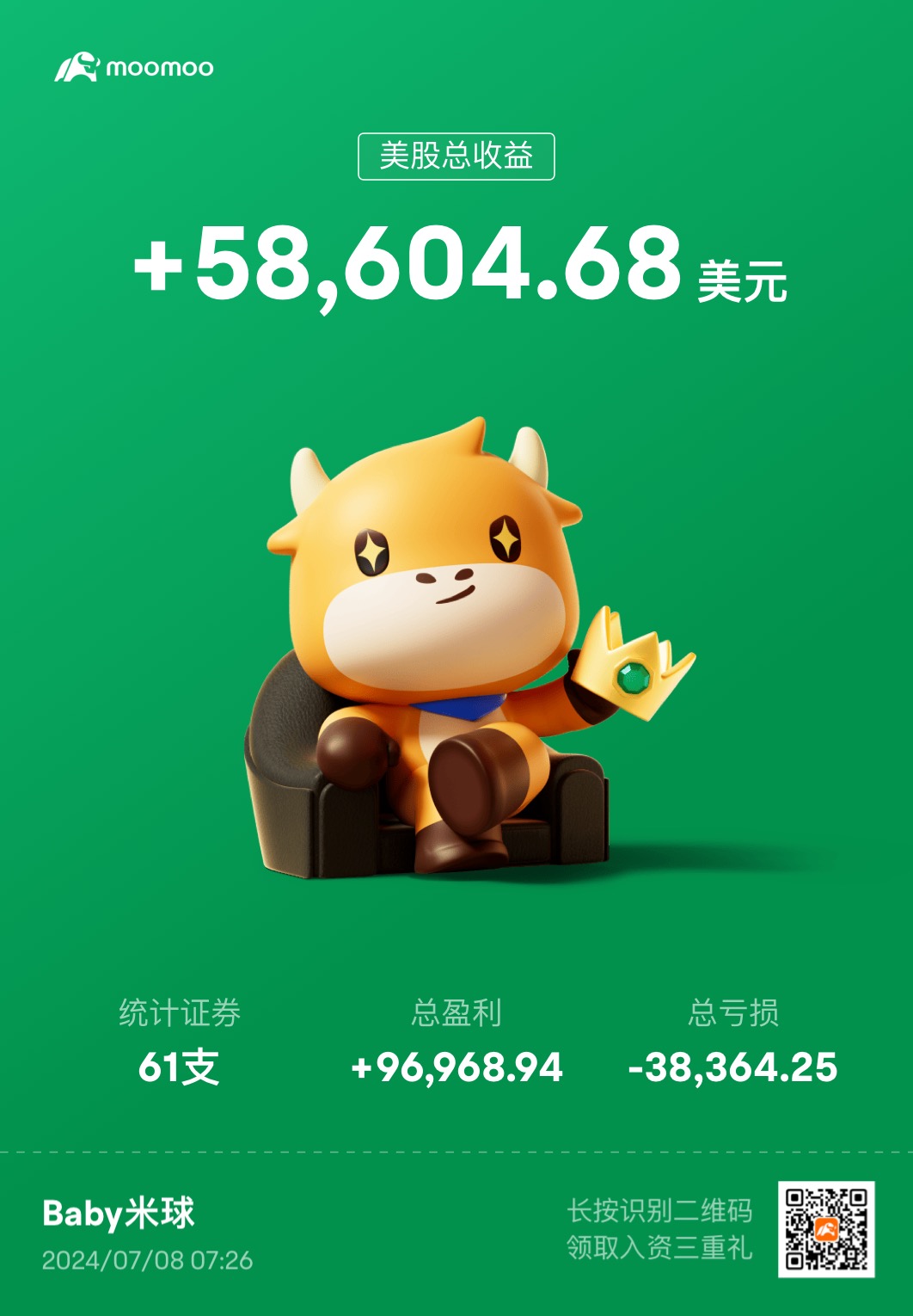
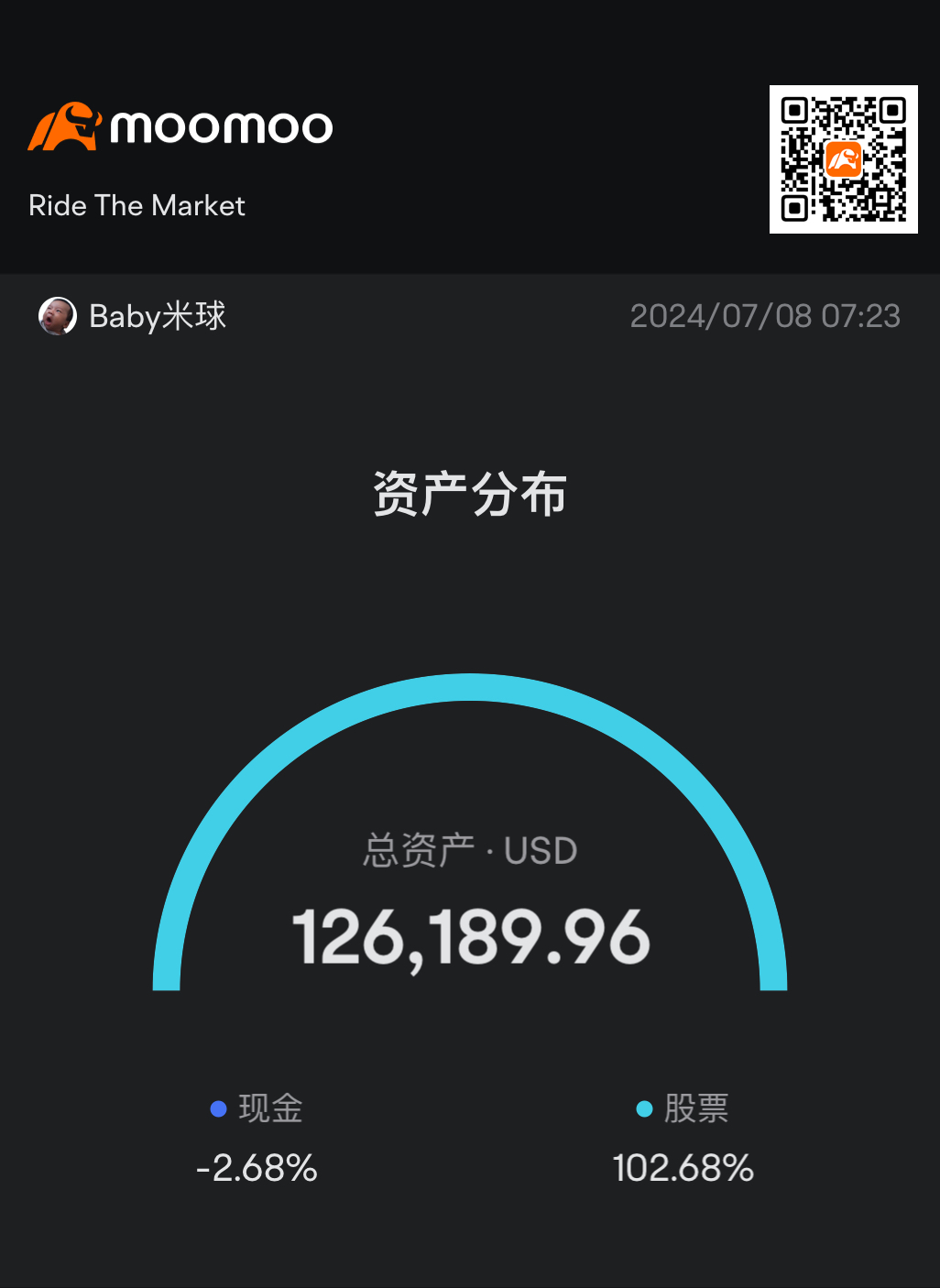
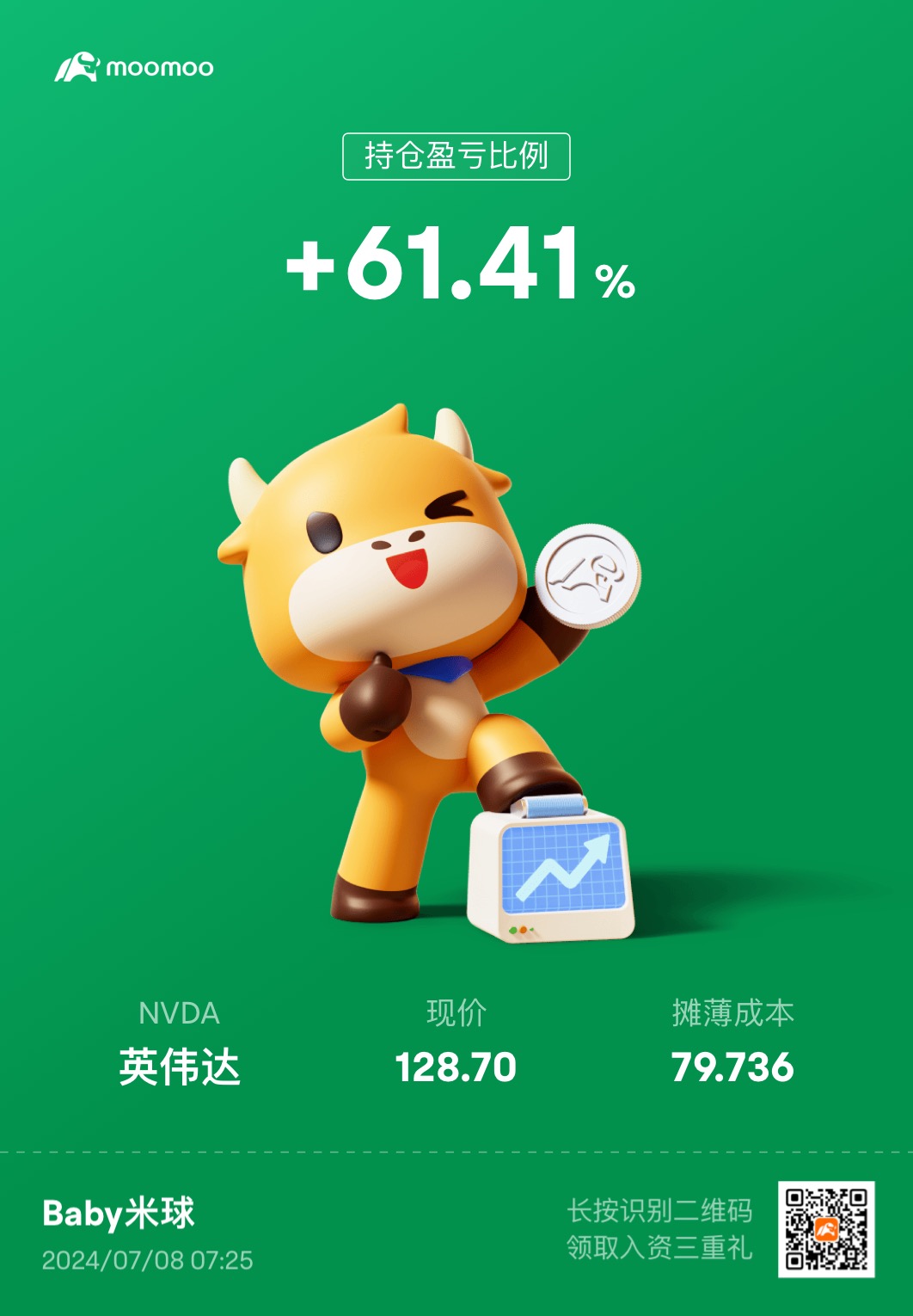
15
5
# Stock trading experience sharing: the risks and rewards of right-side trading
Hello everyone, today I want to talk to you about my wonderful adventure in the stock market, especially about my experience with right-side trading. Right-side trading, as the name suggests, is to buy after the stock price starts to rise. It may sound a bit like "chasing the high", but in reality, this method has unique advantages.
Let me tell you the story of my trading experience with Hewlett Packard Enterprise (HPE) stocks in March 2024. At that time, after a long consolidation period, HPE's stock price suddenly showed an uptrend on March 1st, accompanied by a significant increase in volume. This is a typical entry signal for funds, and I determined that this was the start of momentum. Subsequently, the HPE stock price slightly retraced, and I decisively bought during this retracement. Looking back now, my entry point was not the best, but holding for a while essentially guaranteed profits. Of course, it would be even better with some supportive news, such as HPE being a good choice in this AI trend.
The advantage of right-side trading is that it can help you avoid falling into the 'buying low trap'. Many people like to buy stocks when the price is falling, hoping to get a bargain, but the reality is often endless decline. Right-side trading, on the other hand, only intervenes when the stock price starts to rise, meaning that the market has already provided bullish signals, with relatively smaller risks.
The key to determining the entry point on the right side is the relationship between volume and price. From a technical perspective, I usually observe signs of funds entering. For example, when a stock suddenly rises after a long-term consolidation, accompanied by an increase in volume. In this situation, the...
Hello everyone, today I want to talk to you about my wonderful adventure in the stock market, especially about my experience with right-side trading. Right-side trading, as the name suggests, is to buy after the stock price starts to rise. It may sound a bit like "chasing the high", but in reality, this method has unique advantages.
Let me tell you the story of my trading experience with Hewlett Packard Enterprise (HPE) stocks in March 2024. At that time, after a long consolidation period, HPE's stock price suddenly showed an uptrend on March 1st, accompanied by a significant increase in volume. This is a typical entry signal for funds, and I determined that this was the start of momentum. Subsequently, the HPE stock price slightly retraced, and I decisively bought during this retracement. Looking back now, my entry point was not the best, but holding for a while essentially guaranteed profits. Of course, it would be even better with some supportive news, such as HPE being a good choice in this AI trend.
The advantage of right-side trading is that it can help you avoid falling into the 'buying low trap'. Many people like to buy stocks when the price is falling, hoping to get a bargain, but the reality is often endless decline. Right-side trading, on the other hand, only intervenes when the stock price starts to rise, meaning that the market has already provided bullish signals, with relatively smaller risks.
The key to determining the entry point on the right side is the relationship between volume and price. From a technical perspective, I usually observe signs of funds entering. For example, when a stock suddenly rises after a long-term consolidation, accompanied by an increase in volume. In this situation, the...
Translated
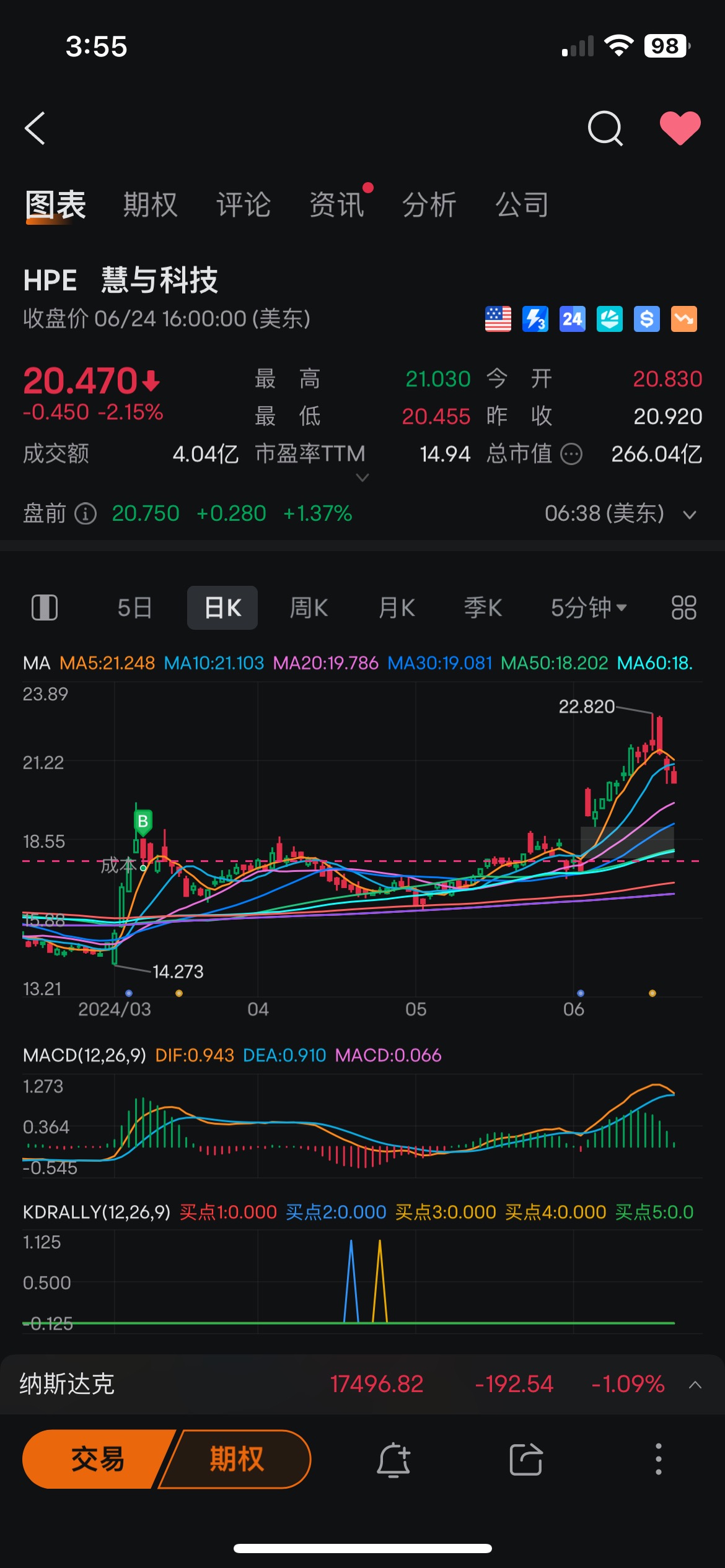
8
3
Today, I reviewed the earnings since stock trading. The 50,000 dollar small account showed this performance.
Translated

10

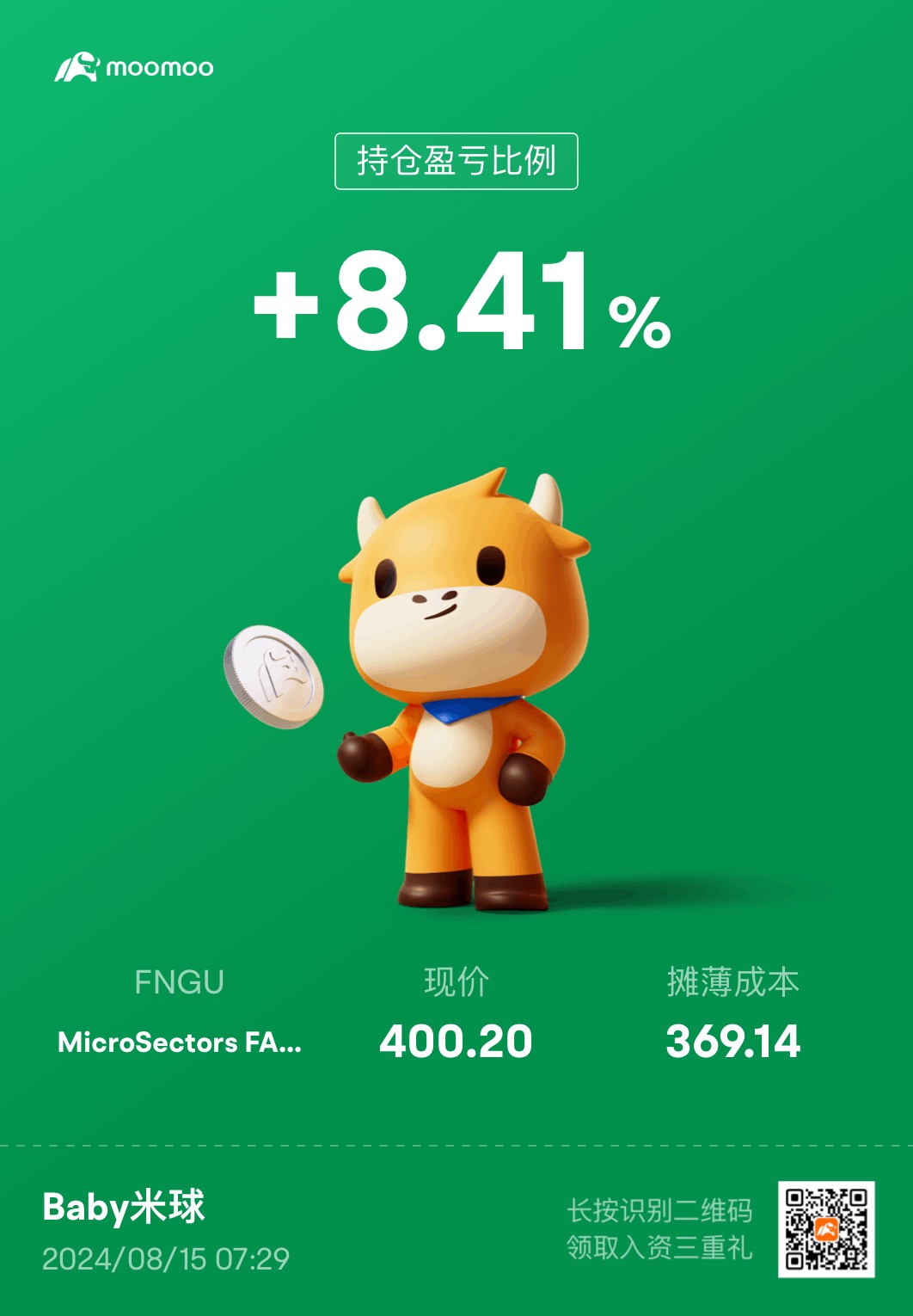
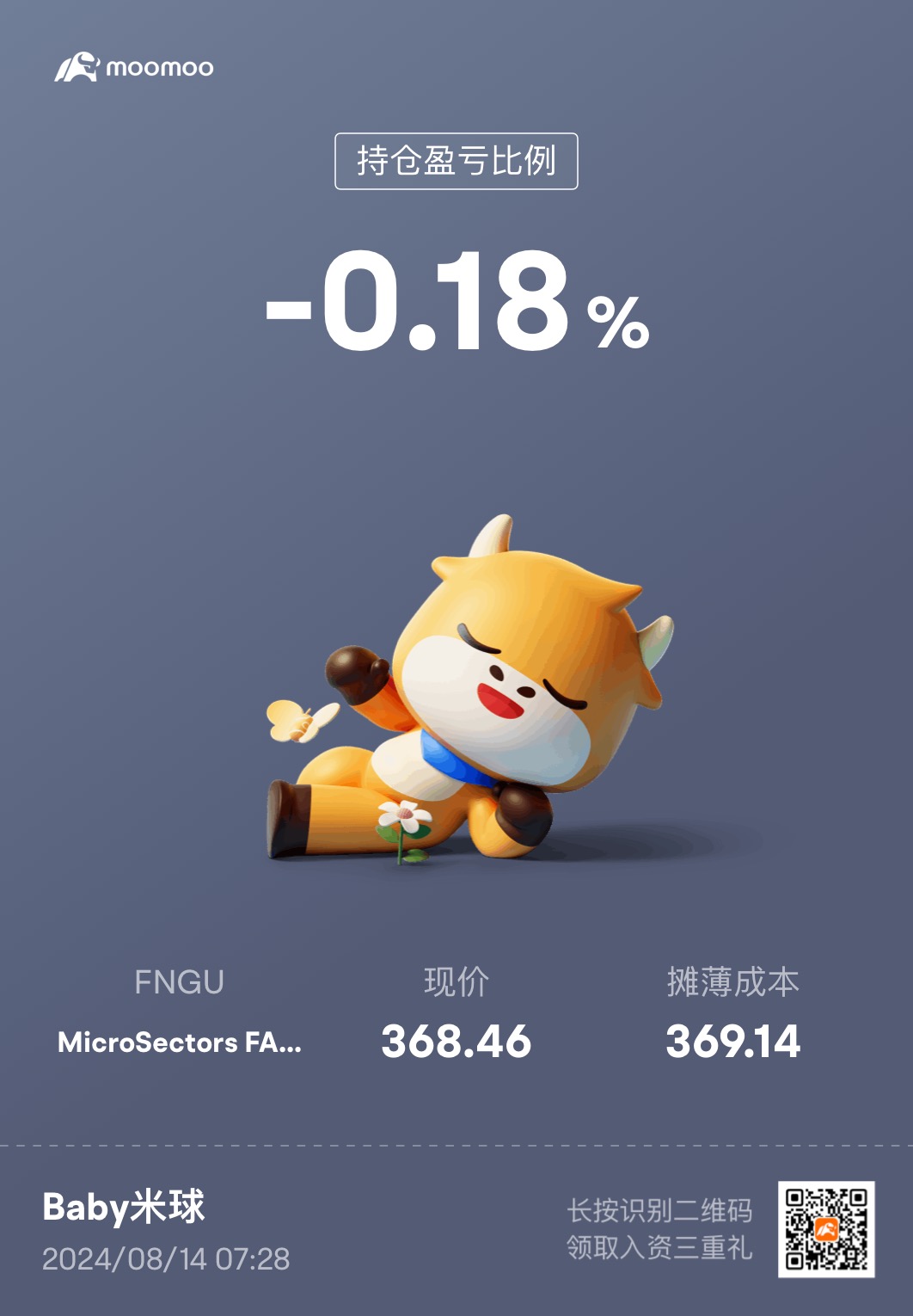
![[empty]](https://static.moomoo.com/node_futunn_nnq/assets/images/folder.5c37692712.png)
![[error]](https://static.moomoo.com/node_futunn_nnq/assets/images/no-network.991ae8055c.png)